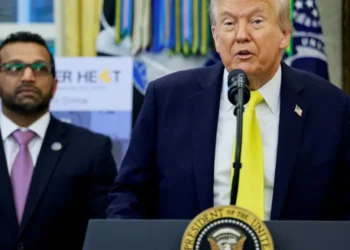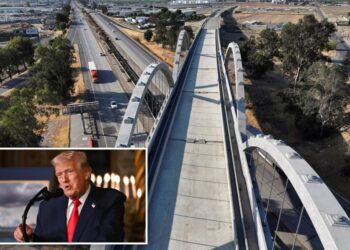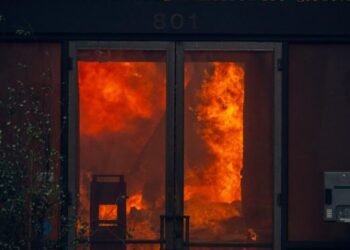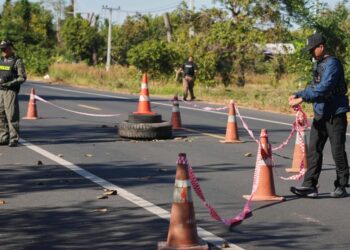Trump pick skewered as ‘nation’s most detestable homosexual’ for Kennedy Center ‘disgrace’
Fingers are being pointed Saturday at an openly gay member of Donald Trump’s administration after what some have called the...
For the first time in two decades, it might rain on the Rose Parade
Southern Californians mopping up from record-breaking rains over the Christmas holiday may be in for more wet weather to usher...
Trump Goon Tries to Explain ICE Barbie’s On-The-Job Cosplaying
The public confusion surrounding Kristi Noem’s love of law enforcement cosplay finally appears to have reached the Department of Homeland...
Crime lords turn Motor City into car-theft supermarket for Middle East buyers
An uptick in international organized crime groups smuggling stolen vehicles from the Motor City to countries in the Middle East is alarming...
Jared Verse and Byron Young are more than just the Rams’ dynamic defensive duo
Jared Verse was on the field running at the Rams’ Woodland Hills training facility. Byron Young was nearby working out...
Trump’s security promise to Ukraine may be more dangerous than it looks
Samuel Charap is distinguished chair in Russia and Eurasia Policy at Rand. Jennifer Kavanagh is a senior fellow and director...
‘Dangerous combo’: Conservative says Trump’s ‘verbal incontinence’ a sign of mental fading
New Yorker Columnist Susan Glasser warned that President Donald Trump’s poisonous combo of strength obsession and failing health was likely...
FBI should ‘have a chat with Trump’ after new post admits Epstein knowledge: ex-prosecutor
A former federal prosecutor said Saturday that, if she were still in her old role, she would “send out two...
Cali abandons lawsuit challenging Trump decision to cancel over $4B in high-speed rail funds
California has dropped a lawsuit challenging the decision by the administration of President Donald Trump to cancel more than $4 billion in federal grants...
A new view of two critical days that set the stage for the devastating Palisades fire
An hour after midnight Jan. 1, as a small brush fire blazed across Topanga State Park, a California State Parks...














